Dinner
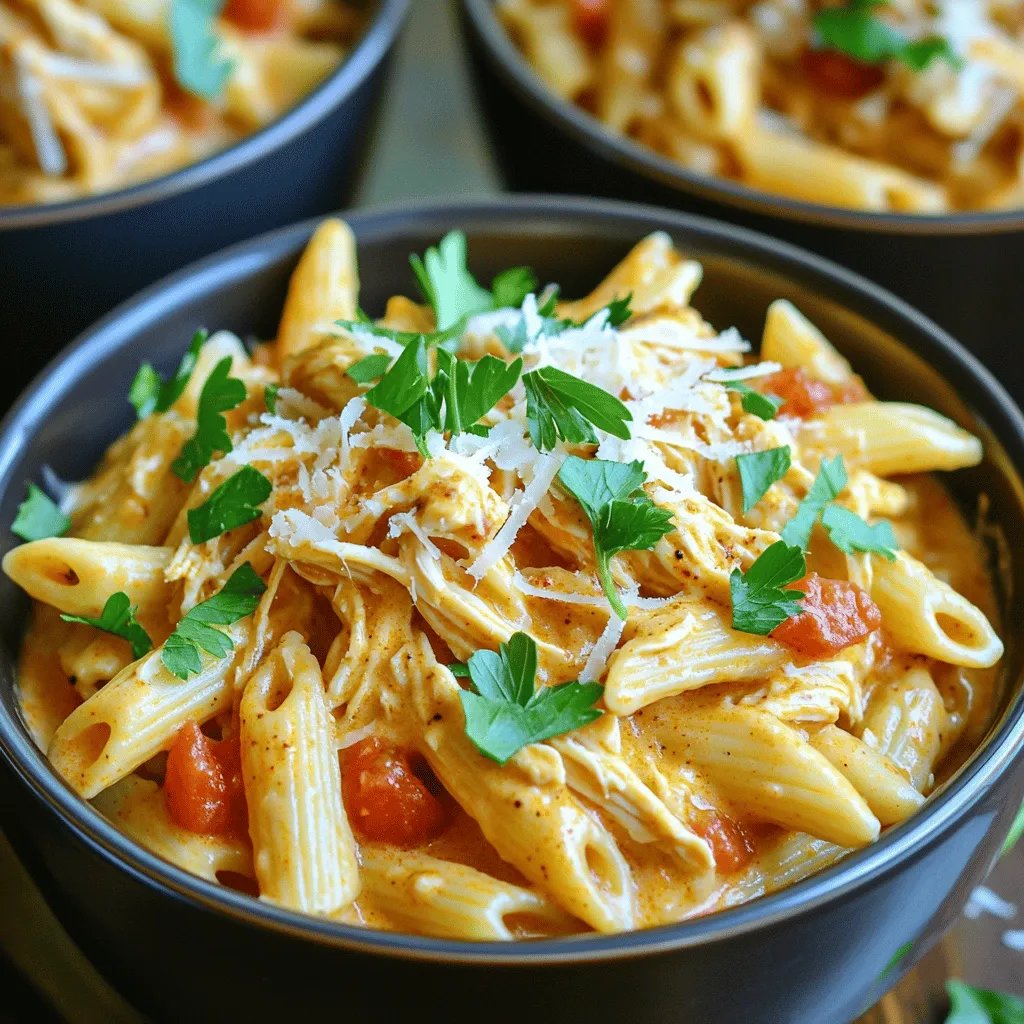
Crock Pot Creamy Cajun Chicken Pasta Savory Delight
Are you ready to dive into a world of flavor? My Crock Pot Creamy Cajun Chicken Pasta is a savory delight that transforms dinner into
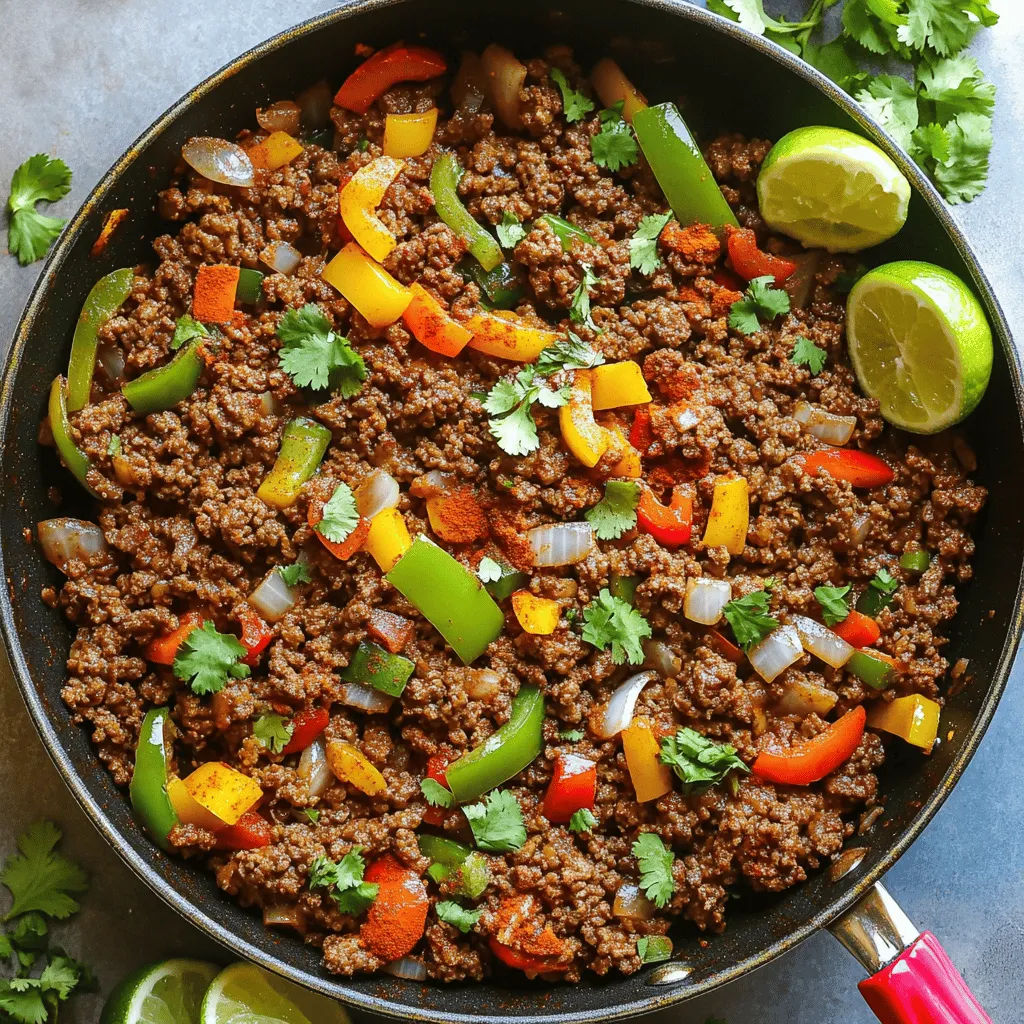
Ultimate Taco Meat Recipe Simple and Flavorful Dish
Looking to spice up your weeknight dinners? My Ultimate Taco Meat Recipe is simple, quick, and packed with flavor. In this post, I’ll share easy
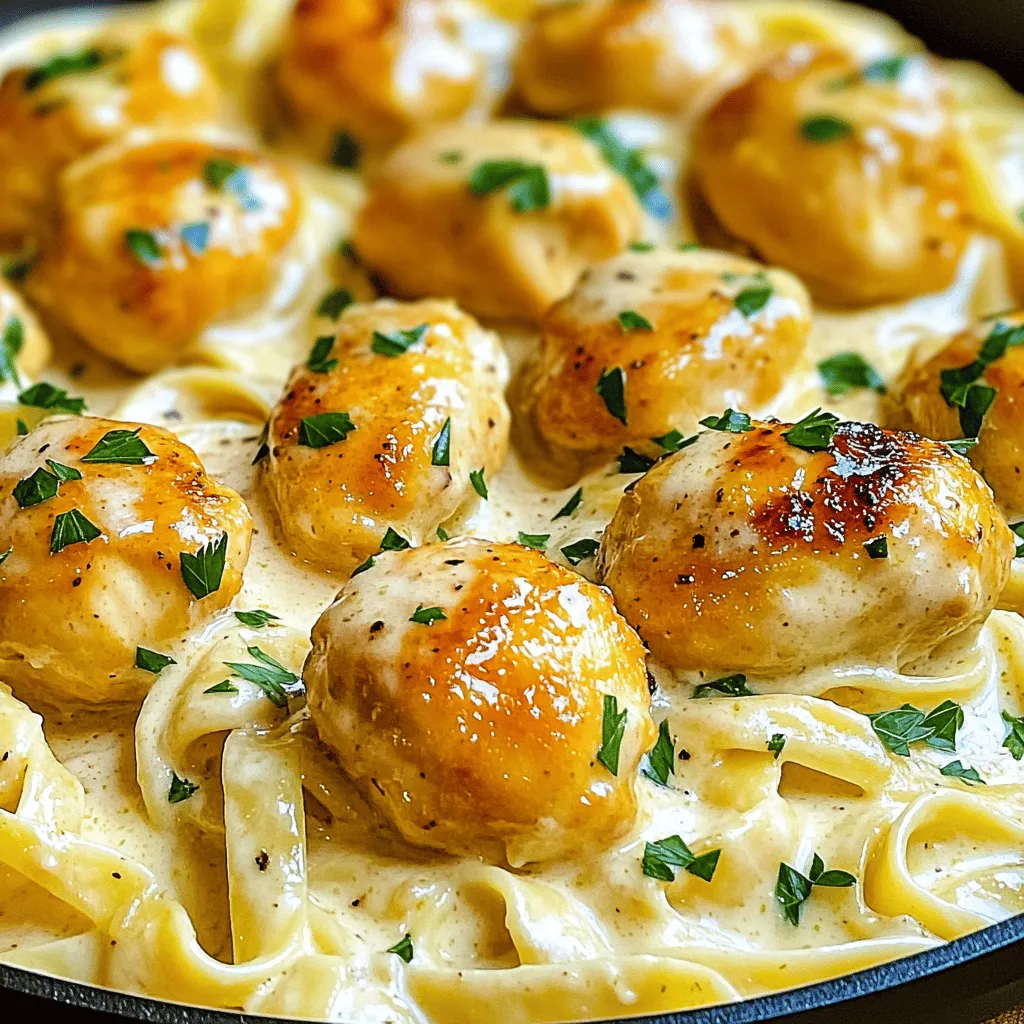
Garlic Butter Chicken Bites with Creamy Pasta Delight
Ready to impress your family with a delicious meal? My Garlic Butter Chicken Bites with Creamy Pasta Delight brings rich flavors and simple steps together.
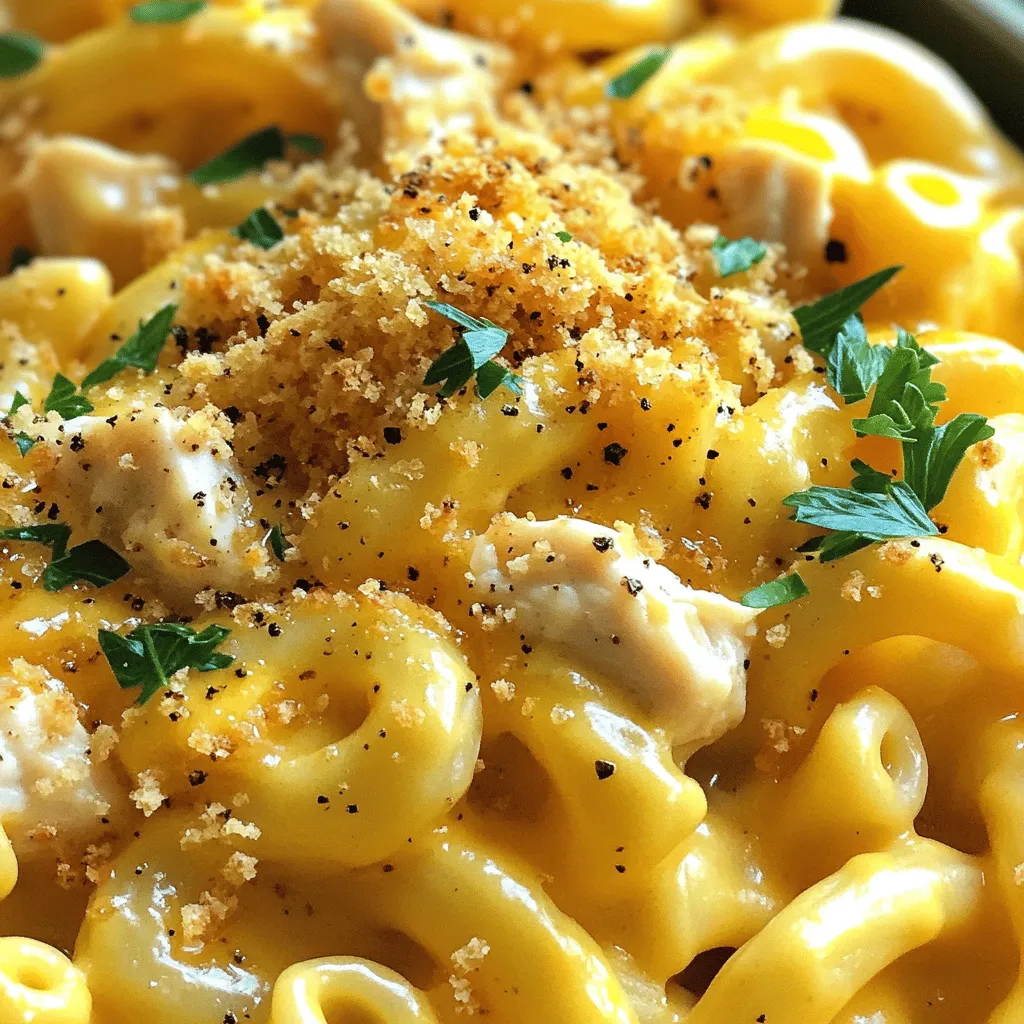
Copycat Honey Pepper Chicken Mac and Cheese Delight
If you love creamy mac and cheese with a twist, you’re in for a treat! This Copycat Honey Pepper Chicken Mac and Cheese combines rich
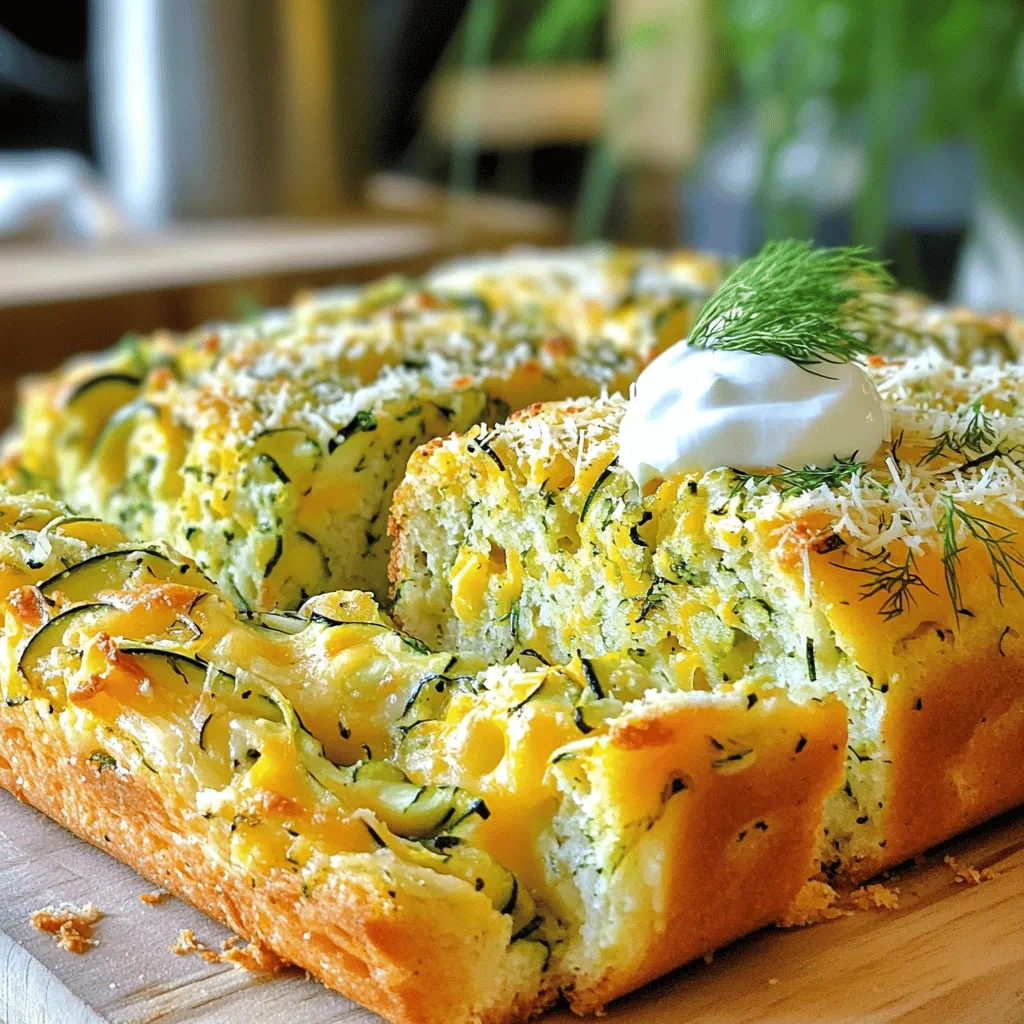
Zucchini Cheese Bread Hearty and Flavorful Delight
If you’re looking for a recipe that blends comfort and flavor, you’ll love this Zucchini Cheese Bread. It’s a hearty, savory delight that makes a
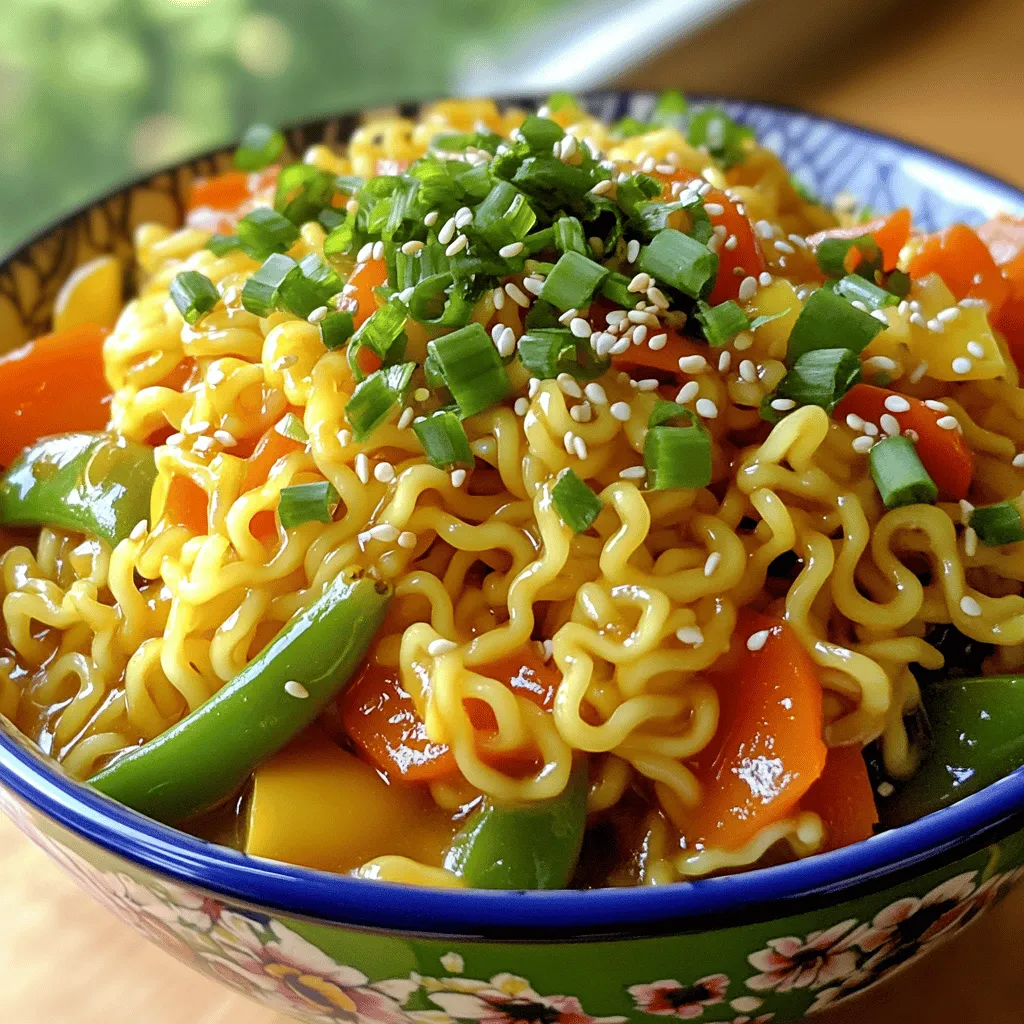
Easy Saucy Ramen Noodles Quick and Flavorful Meal
Craving a delicious meal that’s quick and easy? Look no further! My Easy Saucy Ramen Noodles will satisfy your taste buds without taking all day
![- 500g chicken breast - 2 tablespoons freshly cracked black pepper - 3 tablespoons soy sauce The main ingredients set the stage for a tasty dish. Using fresh chicken breast ensures tender meat. The black pepper adds a bold kick, while soy sauce brings depth. - 1 tablespoon oyster sauce - 1 tablespoon sesame oil You can elevate the dish with optional ingredients. Oyster sauce adds a sweet umami flavor. Sesame oil gives a nutty aroma that enhances your meal. - 1 bell pepper (any color) - 1 onion - 2 green onions Fresh vegetables bring color and crunch. Bell peppers add sweetness, while onions provide a savory base. Green onions are a bright garnish that finishes the dish. By using these ingredients, you create a well-rounded meal. They work together to deliver a bold flavor and vibrant look. For the full recipe, check out the detailed steps. - Start by slicing 500g of chicken breast into thin strips. - In a bowl, mix the chicken with 2 tablespoons of freshly cracked black pepper, 1 tablespoon of cornstarch, and 3 tablespoons of soy sauce. - If you like, add 1 tablespoon of oyster sauce for a richer taste. - Let the chicken marinate for at least 20 minutes. This helps the flavors soak in. - Make sure the cornstarch coats the chicken evenly. This will give it a nice texture when cooked. - Heat 2 tablespoons of vegetable oil in a large skillet over medium-high heat. - Wait until the oil shimmers before adding the chicken. - Place the marinated chicken in a single layer. Cook for about 4-5 minutes. - Stir occasionally to brown the chicken evenly. - Ensure the chicken is fully cooked before moving it to a plate. Set it aside while you cook the veggies. - In the same skillet, add 1 sliced bell pepper and 1 sliced onion. - Stir-fry these for about 3-4 minutes until they are soft but still have a crunch. - Next, add 3 minced cloves of garlic and 1 teaspoon of minced ginger. Stir everything together. - This step boosts the dish’s aroma and flavor. - Once the veggies are tender, return the cooked chicken to the skillet. Stir it all together. - Finish by drizzling 1 tablespoon of sesame oil over the mix, enhancing the taste. For the full recipe, check out the detailed instructions on how to combine these steps for a delicious meal! To get the best flavor, marinate your chicken for at least 20 minutes. This allows the black pepper and soy sauce to soak into the meat. You can also try coconut aminos or tamari as soy sauce alternatives. Both bring a unique taste without gluten. Heat your skillet or wok over medium-high heat until it shimmers. This is a sign it's hot enough for cooking. To keep the chicken from sticking, add enough oil and don’t overcrowd the pan. Cook in batches if needed, which helps maintain that nice, golden brown color. Pair your Black Pepper Chicken with fluffy jasmine rice for a classic combo. The rice absorbs the sauce and enhances the meal. For a vibrant dish, use colorful vegetables. Arrange the chicken and veggies in a bowl, and sprinkle green onions on top for a fresh look. Don't forget to check the [Full Recipe] for detailed steps on preparation! {{image_4}} You can swap chicken for beef or tofu. Beef gives a rich flavor. Use thin strips of beef and cook them the same way as chicken. Tofu is great for a plant-based dish. Just press and cube it, then marinate as usual. Seafood can add a fun twist. Shrimp works well with black pepper. Cook shrimp for just a few minutes until pink. Fish can also work, but choose firmer types like salmon. Want more heat? Increase the black pepper. This dish can handle a punch of spice. Start with 1 tablespoon, then taste and add more if you like. You can also add chili flakes or fresh chilies. For extra flavor, mix in sliced jalapeños or serranos. This will make your dish exciting and fiery! Black Pepper Chicken has many styles. The Chinese version is popular in restaurants. It usually includes soy sauce and garlic for a savory taste. Other cultures have their takes too. In some Asian countries, they add different spices and herbs. Each version brings a new flavor profile. Feel free to explore and make it your own! Check out the Full Recipe for more details on how to make this dish. To store leftovers, put the Black Pepper Chicken in an airtight container. Allow it to cool first. This helps keep the chicken juicy and tasty. When you refrigerate, eat it within three days for the best flavor. After that, the taste and texture may change. You can freeze Black Pepper Chicken if you want to save it for later. First, let it cool completely. Next, place it in a freezer-safe bag or container. Try to remove as much air as possible. When you’re ready to eat, thaw it in the fridge overnight. To reheat, warm it on the stove or in the microwave. Add a splash of water to keep it moist. Refrigerated, Black Pepper Chicken lasts about three days. If frozen, it can stay good for up to three months. Always check for signs it has gone bad. Look for any off smells or changes in color. If it doesn’t look or smell right, it’s best to throw it away. Black Pepper Chicken is a savory dish, rich in flavor. It features tender chicken, fresh veggies, and a bold seasoning of cracked black pepper. The main ingredients include: - 500g chicken breast - 2 tablespoons freshly cracked black pepper - 3 tablespoons soy sauce This dish has roots in Chinese cuisine but has gained global popularity. It represents comfort food that many enjoy. The balance of spice and savory notes makes it a favorite for many. Yes, you can prepare Black Pepper Chicken ahead of time. Here are some tips: - Marinate the chicken and store it in the fridge for up to 24 hours. - Cook the chicken and veggies, then cool them before storing. For best storage, use an airtight container. This keeps the flavors fresh. You can easily modify Black Pepper Chicken to fit your needs. For a gluten-free option: - Use tamari instead of soy sauce. - Check labels on sauces for hidden gluten. If you want a low-sodium dish: - Use low-sodium soy sauce or coconut aminos. - Reduce the amount of added salt in the recipe. This recipe serves about 4 people, depending on portion sizes. For larger gatherings, you can: - Double the amount of chicken and veggies. - Adjust the sauce amounts to keep the flavors balanced. With these tips, you can enjoy Black Pepper Chicken any time! For the complete recipe, check out the [Full Recipe]. Black Pepper Chicken is a tasty and simple dish. You learn the key ingredients, cooking steps, and helpful tips. You can even explore fun variations like different proteins or spice levels. Remember to store leftovers properly to keep them fresh. This dish is perfect for any meal and easy to adapt. Enjoy cooking and sharing this delicious recipe with friends and family. It will surely impress everyone!](https://tossedflavors.com/wp-content/uploads/2025/06/cf07e166-ab29-4f58-ae52-3d3ecef149f6.webp)
Black Pepper Chicken Flavorful and Easy Recipe
Looking to spice up your dinner game? My Black Pepper Chicken recipe delivers bold flavors with just a few simple steps. Using fresh ingredients like
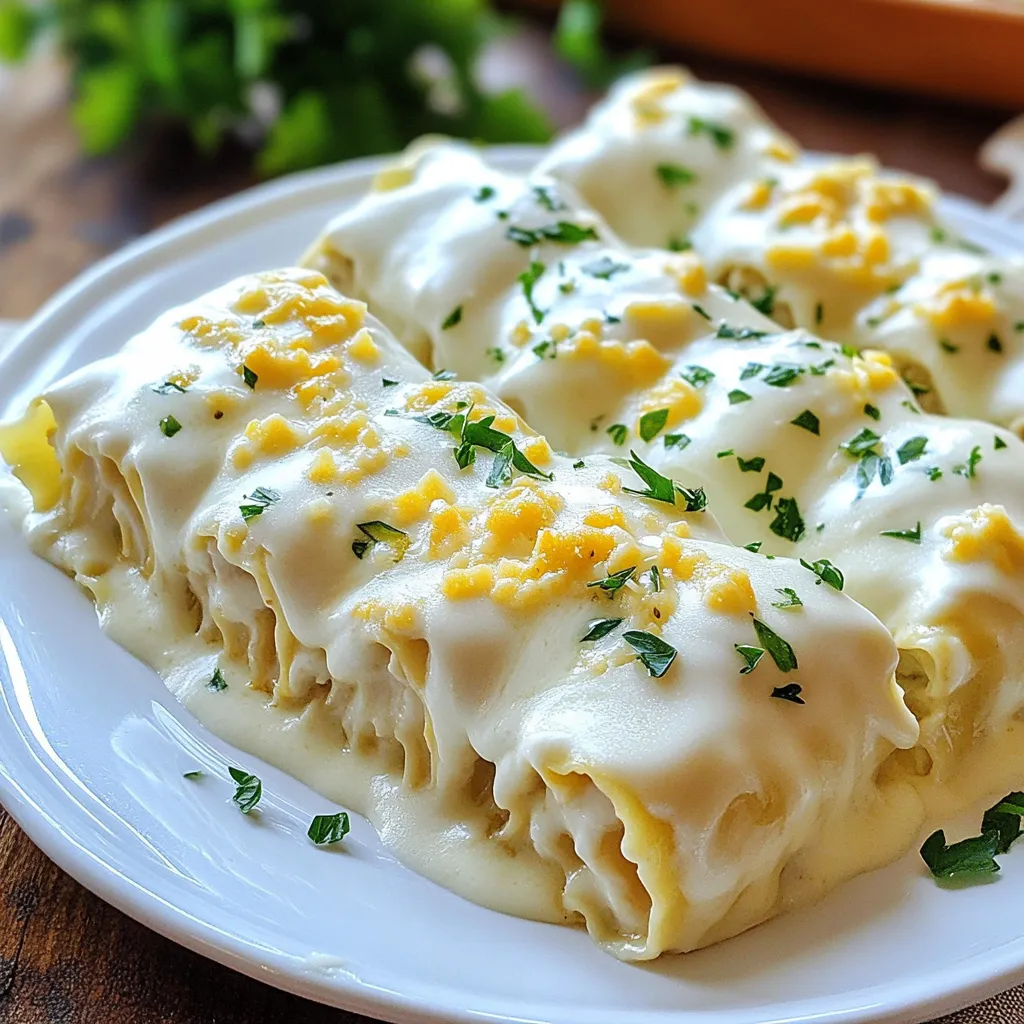
Creamy Chicken Alfredo Lasagna Roll Ups Delightful Meal
Craving a hearty meal that’s easy to make and full of flavor? Look no further! These Creamy Chicken Alfredo Lasagna Roll Ups combine tender pasta
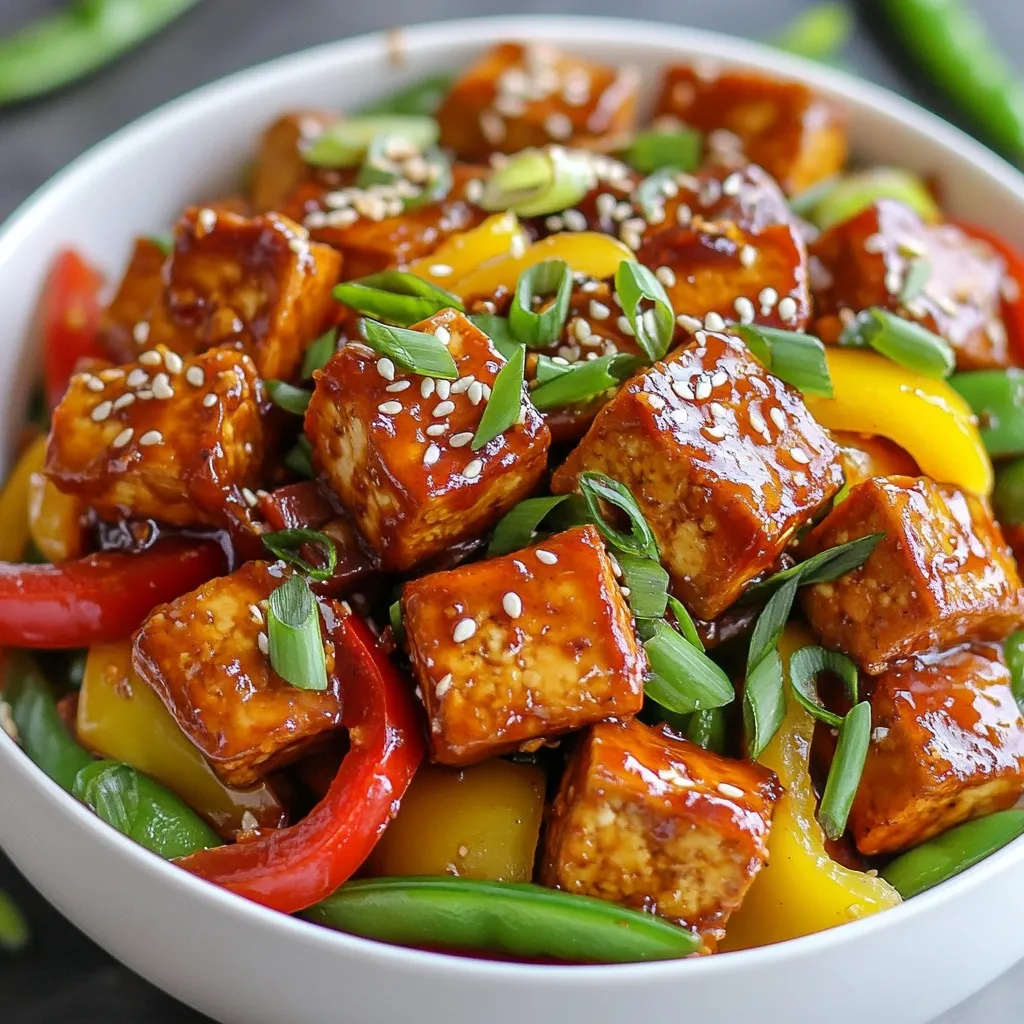
Sweet Chili Tofu Stir-Fry Simple and Flavorful Meal
Are you ready to whip up a fun and quick meal? This Sweet Chili Tofu Stir-Fry is not only simple but packed with flavor that
![To make Bruschetta Chicken Pasta, gather these simple items: - 2 boneless, skinless chicken breasts - 8 ounces of pasta (penne or rotini are excellent choices) - 2 cups cherry tomatoes, halved - 2 cloves garlic, minced - 1 tablespoon balsamic vinegar - 1 tablespoon extra virgin olive oil - 1 teaspoon dried basil - 1 teaspoon dried oregano - Salt and pepper, to taste - Fresh basil leaves, for garnish - ½ cup shredded mozzarella cheese You can swap some ingredients if you like. Use chicken thighs instead of breasts for a juicier bite. Whole wheat or gluten-free pasta works great for those who need it. For a twist, try sun-dried tomatoes instead of fresh ones. If you want a dairy-free meal, skip the cheese or use a vegan version. This dish is high in protein due to the chicken. It also offers carbs from pasta, perfect for energy. If you're looking for a lighter option, use less pasta and more veggies. Each serving gives you a good amount of vitamins from the tomatoes and basil. You can feel good about enjoying this dish! For the full recipe, check out the [Full Recipe]. 1. Boil the Water: Start by bringing a large pot of salted water to a boil. This will cook the pasta. 2. Cook the Pasta: Add 8 ounces of your chosen pasta and cook it until it's al dente. This usually takes about 8 to 10 minutes. 3. Drain and Save Water: Once cooked, drain the pasta but save ½ cup of the pasta water. Set the pasta aside. 4. Season the Chicken: Take 2 boneless, skinless chicken breasts. Sprinkle salt, pepper, dried basil, and dried oregano on both sides for great flavor. 1. Heat the Skillet: Warm a large skillet over medium heat. Add 1 tablespoon of extra virgin olive oil. 2. Cook the Chicken: Place the seasoned chicken in the skillet. Cook for 6-7 minutes on each side. The chicken should not be pink inside. 3. Slice the Chicken: Once cooked, move the chicken to a cutting board. Let it rest for a few minutes, then slice it into thin strips. 4. Sauté the Garlic: In the same skillet, add 2 cloves of minced garlic. Cook for 30 seconds, making sure it doesn't brown. 5. Add Tomatoes and Vinegar: Toss in 2 cups of halved cherry tomatoes and 1 tablespoon of balsamic vinegar. Stir well and let it cook for 3-4 minutes. 6. Combine Pasta: Add the drained pasta to the skillet. Toss everything together. If it looks dry, add some of the reserved pasta water. 7. Mix in Chicken: Layer the sliced chicken on top of the pasta. Mix gently. 8. Melt the Cheese: Sprinkle ½ cup of shredded mozzarella cheese over the dish. Cover the skillet for 1-2 minutes to melt the cheese. 9. Taste and Season: Taste your dish and adjust with more salt and pepper if needed. 10. Serve: Enjoy your Bruschetta Chicken Pasta hot. Add fresh basil leaves on top for a nice touch. - Always cook chicken to an internal temperature of 165°F. - Wash your hands after handling raw chicken. - Store leftovers in the fridge within two hours of cooking. - Reheat leftovers thoroughly before serving. Following these steps ensures you create a delicious and safe meal! For the full recipe, check out the detailed instructions above. - Use fresh ingredients for the best taste. Fresh basil and ripe tomatoes make a big difference. - Always salt your pasta water. This step adds flavor right from the start. - Let the chicken rest after cooking. This keeps it juicy and tender. - Cook your pasta just until al dente. This keeps it firm and prevents mushiness. - When sautéing garlic, watch it closely. Burnt garlic can ruin the dish. - Experiment with the amount of balsamic vinegar. It adds a nice tang but can overpower. - Serve the pasta in large, shallow bowls. This showcases the beautiful colors of the dish. - Garnish with fresh basil leaves. They add a pop of color and fresh flavor. - A drizzle of balsamic glaze on top elevates the dish's appearance and flavor. For more details, check out the Full Recipe. Enjoy making this tasty meal! {{image_4}} You can swap chicken for other proteins. Grilled shrimp adds a nice flavor. You can also use turkey breast for a leaner option. For a heartier choice, try diced steak or pork. Each protein changes the dish's taste and texture. If you want a meatless meal, go for grilled eggplant or zucchini. They add a great bite. You can also use chickpeas for protein and a creamy texture. Another option is to add sautéed mushrooms. They bring a rich flavor that pairs well with the tomatoes. To elevate the dish, try adding some crushed red pepper for heat. A sprinkle of fresh lemon juice brightens the flavors. You can also mix in some olives or sun-dried tomatoes for extra zest. Don’t forget fresh herbs like parsley or chives for a fresh twist. For the full recipe, check out the main section. After you make Bruschetta Chicken Pasta, let it cool. Place it in an airtight container. It stays fresh in the fridge for up to three days. Make sure to seal it tightly. This helps keep the flavors intact. You can freeze Bruschetta Chicken Pasta if you want to save some for later. First, let it cool completely. Then, place the pasta in a freezer-safe container. It can last for up to three months in the freezer. When you're ready to eat, just thaw it in the fridge overnight. To reheat your pasta, use a skillet for the best results. Add a splash of water or olive oil to keep it moist. Heat it over medium-low heat. Stir occasionally until it's hot. You can also use the microwave. Just cover it to keep moisture in and heat for one to two minutes. Bruschetta Chicken Pasta stays fresh for about 3 to 5 days in the fridge. Store it in an airtight container to keep it safe. The flavors often blend better after a day in the fridge. Yes, you can use various types of pasta. I suggest penne or rotini, but you can try spaghetti or farfalle too. Just make sure to cook it al dente for the best texture. This dish pairs well with a simple salad or garlic bread. A light green salad with lemon vinaigrette adds a fresh touch. You can also enjoy it with roasted vegetables for added color and taste. Absolutely! You can prepare the chicken and pasta in advance. Just store them separately in the fridge. When ready to serve, heat them together, then add the fresh tomatoes and cheese. This keeps everything fresh and tasty. For the full recipe, check the recipe section above. In this blog post, we explored the ingredients, steps, and tips for making Bruschetta Chicken Pasta. I shared essential cooking methods and food safety advice, plus ways to adapt the meal based on your needs. Remember, you can switch ingredients or try different proteins to make this dish yours. So, embrace your kitchen skills and make this delicious meal your own. Happy cooking!](https://tossedflavors.com/wp-content/uploads/2025/06/7bb0408b-e572-492f-87c1-9cca91c8ac4c.webp)
Bruschetta Chicken Pasta Flavorful and Easy Dish
Looking for a tasty meal that’s easy to make? Bruschetta Chicken Pasta combines fresh flavors and simple steps. This dish is a crowd-pleaser and perfect